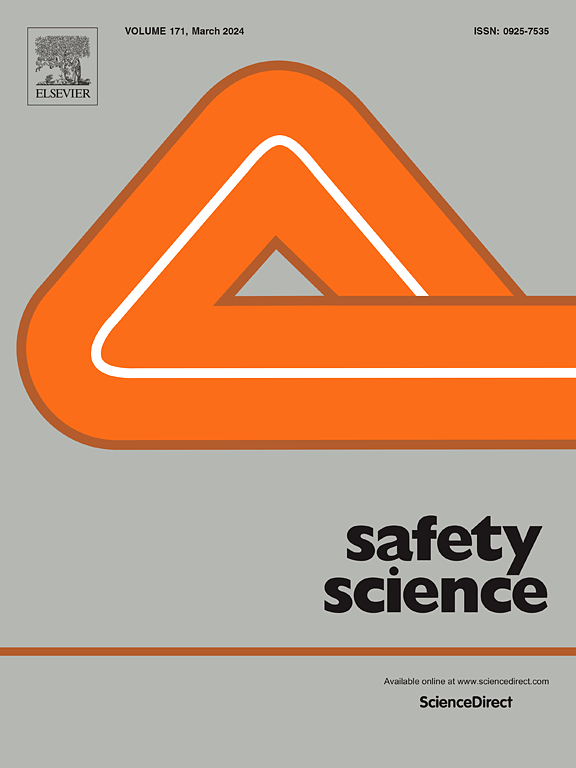Analyst behaviour and team processes during hazard analysis: The development of an observation protocol and initial results from evaluating HAZOP sessions
IF 4.7
1区 工程技术
Q1 ENGINEERING, INDUSTRIAL
引用次数: 0
Abstract
Analyst behaviour and team processes are important factors in the quality of expert-driven hazard-analysis techniques and methods, such as HAZOP (Hazard and Operability Analysis) and STPA (System-Theoretic Process Analysis). Beyond the support provided by the analysis method, the literature suggests, for example, that facilitating creativity, awareness of human judgement limitations, and consistency of method application can substantially impact the completeness and outcome of the analysis. However, empirical research on these factors and their effect on hazard analysis is almost nonexistent. To address this gap, we (the authors) have developed an observation protocol consisting of 27 items on analyst behaviour and team processes. We developed the protocol based on a literature review and analyst interviews, utilising methods frequently employed to develop psychological tests. Two studies, with the participation of four analysts in each, found sufficient clarity and relevance of the protocol items and identified refinements and adjustments to the protocol. The analysts stated the protocol would be useful for analyst team self-evaluation in addition to its use in empirical studies. Future studies should verify our findings and could utilise the protocol in systematic studies of analyst behaviour and how it impacts the hazard analysis and the analysis outcome. Analyst teams could use the protocol for self-assessment in their professional development and as an indicator of the quality of their team processes.
危险分析过程中分析人员的行为和团队流程:制定观察协议和评估 HAZOP 会议的初步结果
分析人员的行为和团队流程是影响专家驱动的危险分析技术和方法(如 HAZOP(危险与可操作性分析)和 STPA(系统理论过程分析))质量的重要因素。除了分析方法提供的支持外,文献还表明,例如,促进创造性、意识到人类判断的局限性以及方法应用的一致性,都会对分析的完整性和结果产生重大影响。然而,关于这些因素及其对危害分析的影响的实证研究几乎不存在。为了填补这一空白,我们(作者)制定了一项观察协议,其中包括 27 个有关分析师行为和团队流程的项目。我们在文献综述和分析师访谈的基础上,利用开发心理测试时经常使用的方法制定了这一方案。两项研究各有四名分析师参与,研究结果表明,协议项目足够清晰和相关,并确定了对协议的完善和调整。分析师们表示,除了在实证研究中使用外,该协议对分析师团队的自我评估也很有用。未来的研究应验证我们的发现,并可在分析师行为及其如何影响危害分析和分析结果的系统研究中使用该规程。分析师团队可以在其专业发展中使用该协议进行自我评估,并将其作为团队流程质量的指标。
本文章由计算机程序翻译,如有差异,请以英文原文为准。
求助全文
约1分钟内获得全文
求助全文
来源期刊

Safety Science
管理科学-工程:工业
CiteScore
13.00
自引率
9.80%
发文量
335
审稿时长
53 days
期刊介绍:
Safety Science is multidisciplinary. Its contributors and its audience range from social scientists to engineers. The journal covers the physics and engineering of safety; its social, policy and organizational aspects; the assessment, management and communication of risks; the effectiveness of control and management techniques for safety; standardization, legislation, inspection, insurance, costing aspects, human behavior and safety and the like. Papers addressing the interfaces between technology, people and organizations are especially welcome.
 求助内容:
求助内容: 应助结果提醒方式:
应助结果提醒方式:


